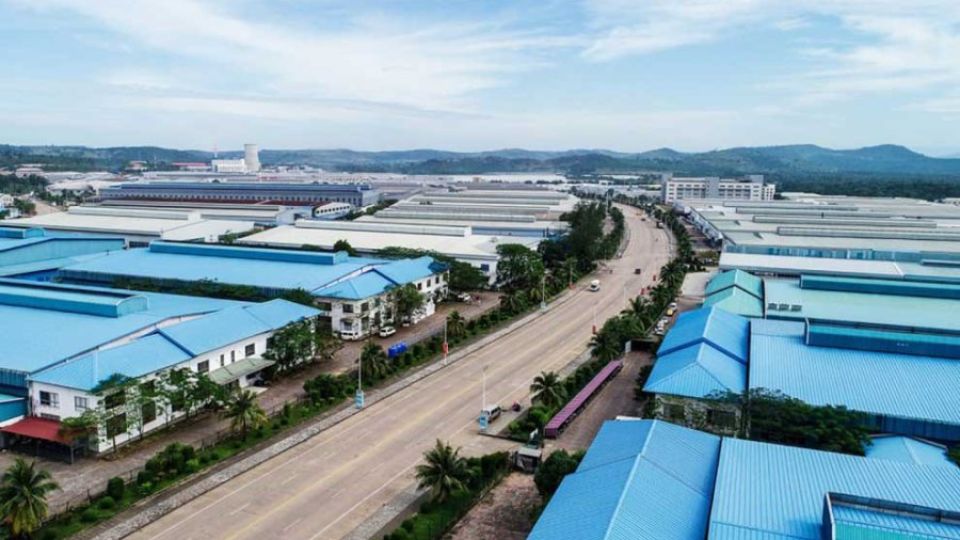September 11, 2024
PHNOM PENH – A total of 53 new and expansion investment projects with a combined value of over $1 billion were approved by the government in August. These projects aim to enhance domestic production capacity and boost the export of Cambodian-made goods to international markets.
According to a press release from the Council for the Development of Cambodia (CDC) issued on the evening of September 9, the government, through the CDC, approved 46 new projects and 7 production expansion projects in August, with a total investment of more than $1.2 billion, and creating around 33,000 jobs.
Chinese investors accounted for the majority of financing during the period with about 84.72% of the total. Local financiers contributed 9.12%, followed by investments from Singapore, Samoa, the Netherlands, Malaysia and the US.
The CDC reported that these projects include both those inside and outside of special economic zones (SEZs), including the establishment of the Salt Field SEZ, the construction of car tyre factories, beverage production plants, hotels and the expansion of animal feed production plants.
Most of these projects are in Phnom Penh and the provinces of Preah Sihanouk, Kampong Speu, Svay Rieng, Koh Kong, Kandal, Takeo and Kratie.
Hong Vanak, an economist from the Royal Academy of Cambodia, told The Post on September 10 that despite the global economic challenges in 2024 due to the Covid-19 pandemic and various international conflicts, the country continues to attract financiers to establish and expand their businesses.
He emphasised that the growth in investment demonstrates the strength of the country’s political stability and its ability to tap into international export markets.
“This is a proud achievement for the Cambodian government and its people. Investors are drawn to Cambodia because they see potential in factors like political stability, security and good international market relations,” he said.
Vanak added that both the government and the private sector are working hard to improve legal frameworks to create a more favourable environment for investors while also building infrastructure, particularly in the transportation sector.
Regarding Chinese investment, Vanak explained that the strong cooperation between the Cambodian and Chinese governments, especially under the “Diamond Cooperation” framework, has significantly boosted the two countries’ relationship and investment growth.
The framework, agreed upon in 2023, signifies a new commitment between the two countries to strengthen their relations and cooperation, focusing on five key areas: politics, production, agriculture, energy and security.
Chea Vuthy, secretary-general of the CDC’s Cambodian Investment Board (CIB), highlighted during a forum on industrial investment in modern technology in Preah Sihanouk in late March that both new and existing investment projects have played a crucial role in advancing the country’s industrial sector.
He said several Chinese projects have contributed to industrial linkages by reducing the need for raw material imports through collaboration with local suppliers, such as a Chinese car tyre production project in Svay Rieng, where 100% of the raw materials are sourced from local rubber.
“According to CDC records, China is Cambodia’s largest foreign investor, accounting for approximately 88% of total foreign investment in 2023. Chinese investment increased from about $1.7 billion in 2022 to around $3.2 billion in 2023,” he highlighted.
From January to August, Cambodia’s international trade reached a total of $36.48 billion, a 16.5% increase compared to the same period in 2023. Of this, exports amounted to $17.58 billion, up 16.7%, while imports reached $18.9 billion, an increase of 16.2%, according to the General Department of Customs and Excise (GDCE).


